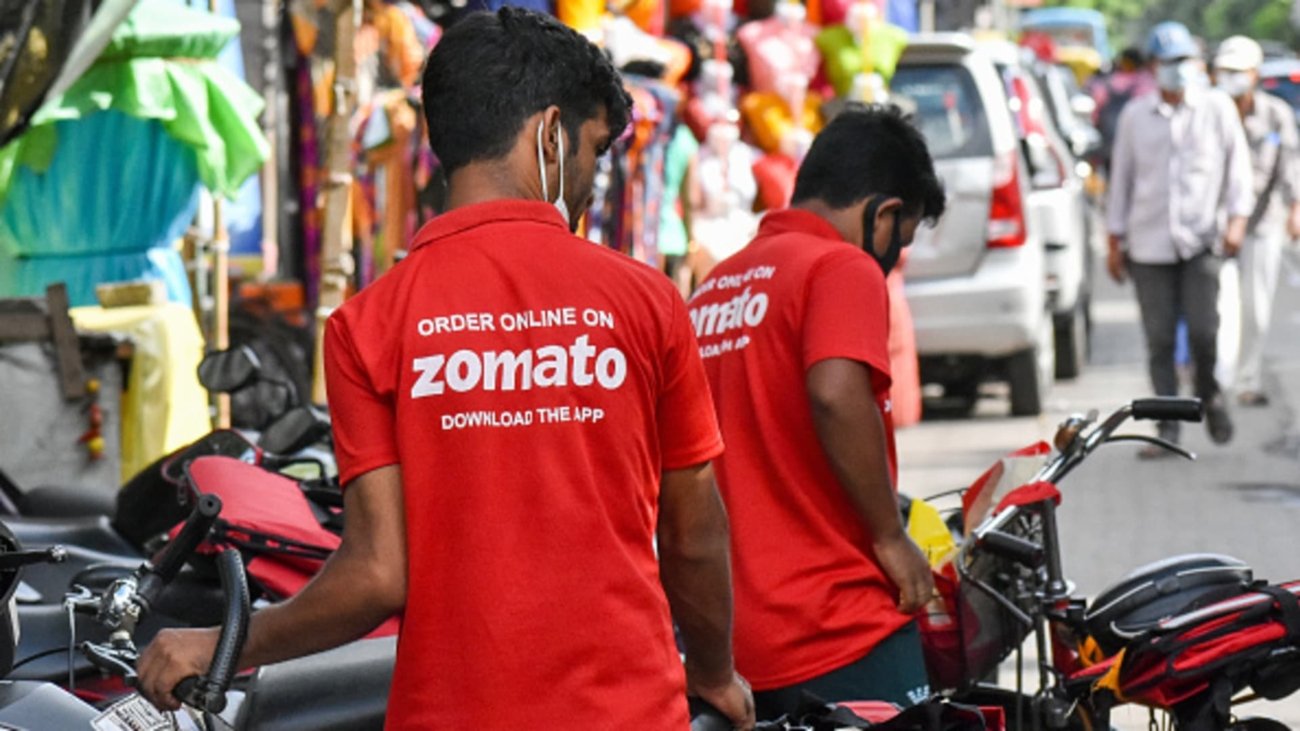Zomato withdrawal from 225 cities in India has left many people wondering what went wrong. This analysis looks into the reasons behind this move and the lessons that can be learned from it. It examines the factors that led to Zomato’s decision and how other companies can avoid making similar mistakes in the future.
It also highlights some of the best practices that companies should consider when expanding into new markets. Finally, it provides insights on how companies can use data-driven decision-making to make better decisions and reduce risks associated with expansion.
What Led to Zomato’s Withdrawal from 225 Cities
The food delivery platform Zomato recently announced its withdrawal from 225 cities in India. This was a surprising move that has left many people wondering what led to this decision. In this article, we will explore the reasons behind Zomato’s withdrawal and discuss how it could impact the future of food delivery services in India.
We will also look at the implications of this decision for other food delivery platforms, as well as potential use cases for AI-powered solutions to help them stay competitive.
A Deep Dive into the Factors Behind Zomato’s Poor Performance
The recent poor performance of Zomato has been a source of concern for many investors and stakeholders. This article will explore the various factors behind this downturn, including changes in the competitive landscape, consumer preferences, and internal management decisions.
We will also discuss potential solutions to help Zomato regain its market share and profitability. Finally, we will look at how other companies in the same industry have managed to remain successful despite similar challenges.
The Impact of Zomatos Withdrawal On the Food Delivery Market
The recent withdrawal of Zomato from the food delivery market has been a major shock to the industry. The company’s decision to focus on its core restaurant business has left many companies scrambling to fill the gap in the market.
The impact of Zomato’s withdrawal on the food delivery market is far-reaching and could have long-term implications for other players in this space. This article will explore how this decision has affected different stakeholders, such as restaurants, customers, and competitors.
It will also consider potential use cases for other companies that may take advantage of this shift in the market. Finally, it will discuss what can be done to ensure a smooth transition for all parties involved.
What Can Other Companies Learn From Zomato’s Mistakes
Zomato is a well-known food delivery company that made some mistakes in its growth and development. By looking at the mistakes they have made, other companies can learn from their experience and avoid making similar errors.
This article will discuss the mistakes Zomato has made and how other companies can use this knowledge to improve their own operations. We will also explore the use cases of AI writing tools, AI writing assistants, and other technologies that could help companies avoid making similar errors in the future.
Key Points
- These (225) cities’ recent performance was not particularly encouraging: Akshant Goyal, CFO of Zomato.
- Zomato’s annual report for FY22 stated that company was active in more than 1,000 cities.
- Zomato’s combined sales increased 1.75X to INR 1,948 Cr in the third quarter of FY23, but its loss increased 5X to INR 346.6 Cr.
- Zomato, a major provider of food delivery services, claimed that it left over 225 smaller Indian cities last month as a result of subpar results over the previous few quarters.
- Zomato CFO Akshant Goyal stated in the business’s letter to shareholders that the company recently, in January, “exited roughly 225 smaller cities which contributed 0.3% of our GOV (gross order value) in Q3FY23 (October-December).”
- Zomato’s annual report for FY22 stated that company was active in more than 1,000 cities. As a result, the listed food delivery behemoth has reduced its geographic presence in the nation by almost 23%.
- Goyal continued, “We did not feel the payback period on our investments in these cities was adequate. Performance of these (225) cities was not particularly encouraging in the past several quarters.”
- Even so, the CFO believed that this would have had little to no effect on the company’s costs. Goyal stated on the post-earnings analysts call that leaving these cities will not significantly affect Zomato’s operational costs.
- Zomato’s quarterly consolidated sales increased 1.75X to INR 1,948 Cr, but its loss more than doubled to INR 346.6 Cr. This contains the financial data for its B2B vertical Hyperpure and rapid commerce company Blinkit.
- Zomato’s adjusted meal delivery revenue increased annually during Q3FY23 by almost 1.3X, but it decreased sequentially. It’s interesting to note that the listed foodtech defines adjusted revenue for the food business as the revenue from operations plus customer delivery fees as reported in the financials.
- This amounts to adjusted revenue for food delivery from Zomato of INR 1,565 Cr in Q3FY23 as opposed to INR 1,581 Cr in the previous quarter and INR 1,200 Cr in the same quarter last year.
- The decline in sales was attributed by Zomato to a “slowdown in the industry as a whole” that had been occurring since late October. While the bearish trend was evident across the nation, according to Zomato, it had the greatest impact in the top eight cities.
- The company’s gross order value for the food delivery operation, which accounts for taxes, customer delivery fees, gross discounts, and gratuities but excludes them, came in at INR 6,680 Cr for Q3FY23, an increase of 0.7% sequentially.
- Zomato shares began trading at INR 53 per share on Monday (February 13), just below the previous day’s finish of INR 53.30. (February 10).

